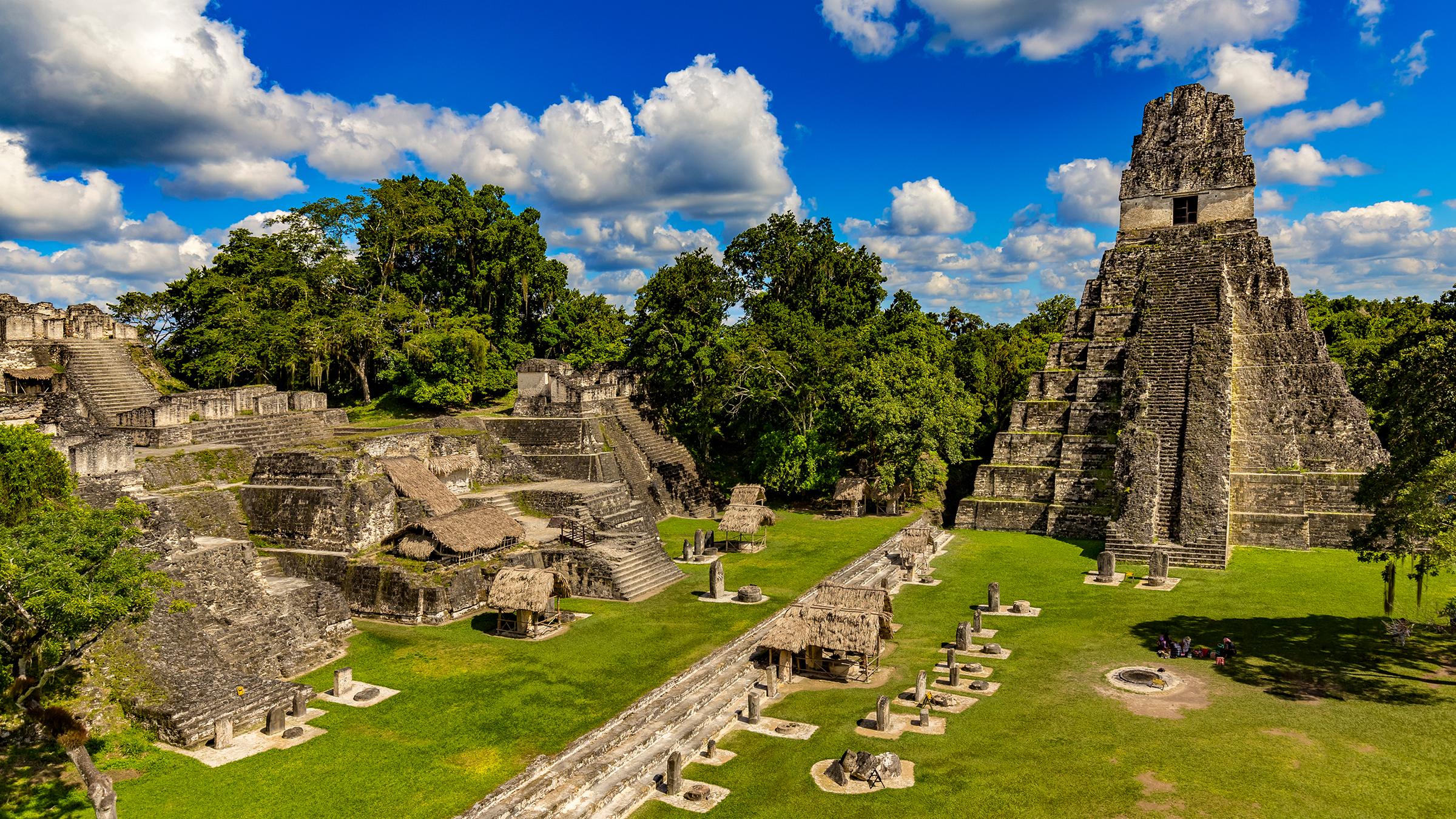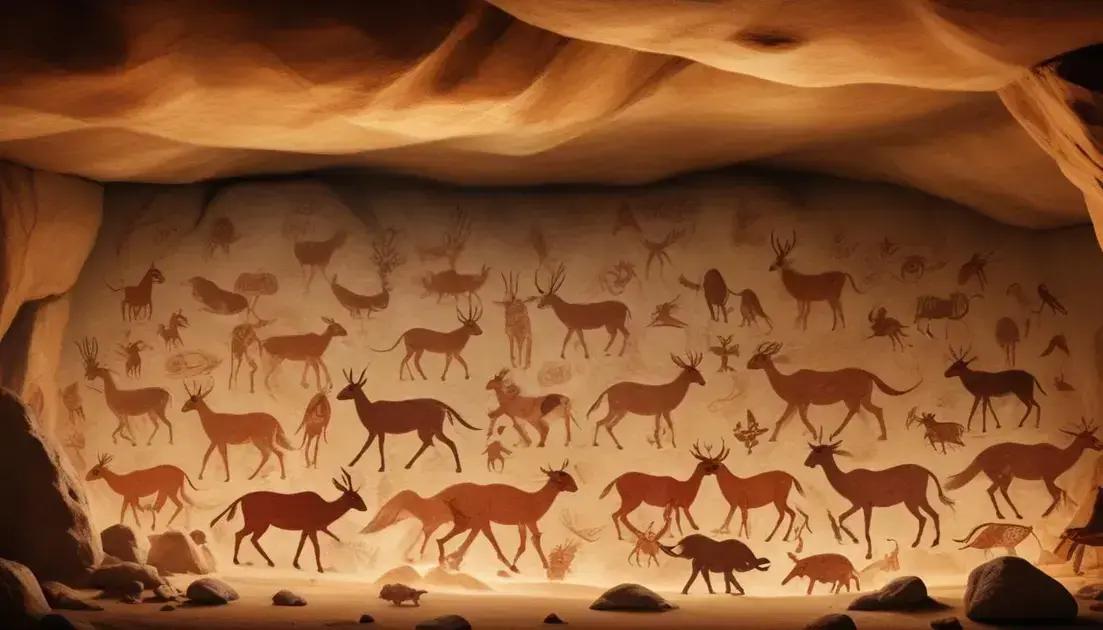
The Mysterious Disappearance of the Mayan Civilization
The Mayan civilization, a beacon of intellectual and artistic brilliance in the ancient world, remains one of history’s most enduring enigmas. Flourishing across Mesoamerica—encompassing present-day Mexico, Guatemala, Belize, and Honduras—from approximately 2000 BCE to 1500 CE, the Mayans achieved remarkable feats in mathematics, astronomy, engineering, and art. Their sophisticated societal structures, intricate writing system, and awe-inspiring architecture continue to fascinate and inspire researchers and the public alike. Yet, the abrupt decline and eventual disappearance of this advanced civilization remain shrouded in mystery, sparking countless theories and ongoing debate. This article delves deep into the history of the Mayan civilization, exploring its remarkable achievements, the potential factors contributing to its decline, and the enduring questions surrounding its mysterious end.
I. The Dawn of Maya Civilization: The Pre-Classic Period (2000 BCE – 250 CE)
The Mayan story begins long before the emergence of their iconic city-states. The Pre-Classic period witnessed the gradual development of Mayan culture from small, dispersed farming communities. These early Mayans, primarily engaged in subsistence agriculture and hunting, laid the groundwork for the sophisticated civilization that would follow. Archaeological evidence reveals a slow but steady progression in social organization, technological advancements, and the development of artistic expression. The cultivation of maize, beans, and squash formed the backbone of their agricultural system, allowing for sedentary lifestyles and the growth of villages.
Early Mayan settlements, often located near fertile valleys and rivers, exhibited a growing complexity in their social structure. The emergence of leadership roles, likely based on kinship and religious authority, is evident in the construction of rudimentary ceremonial structures and the development of early artistic traditions. Pottery styles, though simple initially, began to diversify, reflecting evolving cultural practices and regional variations. The development of rudimentary calendars and the beginnings of a writing system marked important intellectual advancements during this formative period.
II. The Classical Period: A Golden Age of Mayan Achievement (250 CE – 900 CE)
The Classic period represents the zenith of Mayan civilization. This era witnessed the rise of powerful city-states, each ruled by a king claiming divine lineage and wielding significant authority. Magnificent cities such as Tikal, Palenque, Copán, and Calakmul blossomed, showcasing the impressive engineering skills and artistic talents of the Mayan people. These cities were not merely centers of power but also hubs of intellectual and artistic innovation, reflecting the societal complexity and sophisticated urban planning of the time.
A. Architectural Marvels: The Classic period is characterized by the construction of monumental structures, including towering pyramids, elaborate temples, palaces, and extensive networks of causeways and canals. These architectural feats required advanced knowledge of mathematics, engineering, and astronomy to ensure accurate alignment and structural integrity. The precise positioning of structures, often aligned with celestial events, underscores the Mayans’ deep understanding of the cosmos. Intricate carvings, friezes, and murals adorned these structures, providing valuable insights into Mayan mythology, religion, and history.
B. The Mayan Writing System: The Mayan writing system, one of the most sophisticated in the ancient world, was a remarkable achievement. Comprising hundreds of glyphs, this system encompassed a complex combination of logograms (representing words) and syllabograms (representing syllables), allowing for the expression of nuanced ideas and narratives. Inscriptions on stelae (monuments), ceramics, and building walls record historical events, genealogical information, and religious beliefs, providing invaluable information for modern researchers attempting to decipher the mysteries of Mayan society.
C. Mathematical and Astronomical Advancements: The Mayans demonstrated a remarkable grasp of mathematics, far exceeding that of their contemporaries. Their understanding of the number zero, a concept absent in many other ancient civilizations, allowed for the development of a sophisticated positional numeral system. This system enabled them to perform complex calculations and make accurate astronomical observations, leading to a remarkably accurate calendar system. Their calendar, consisting of several interwoven cycles—including the 260-day Tzolkin and the 365-day Haab—was far more precise than many other ancient calendars. Their observations of Venus and other celestial bodies were also extraordinarily accurate.
D. Artistic and Intellectual Flourishing: The artistic achievements of the Classic period are breathtaking. Intricate carvings, vibrant murals, and exquisite pottery demonstrate a sophisticated artistic sensibility. The Mayans excelled in sculpting, creating lifelike representations of rulers, deities, and mythical creatures. Their mastery of ceramics is evident in the exquisite detail and craftsmanship of their pottery, often decorated with intricate designs and scenes from daily life. The development of a complex system of hieroglyphic writing allowed for the preservation of knowledge, history, and religious beliefs, solidifying the intellectual foundation of Mayan civilization.
III. The Collapse of a Civilization: The Post-Classic Period (900 CE – 1500 CE)
The decline of the Classic Mayan civilization is a complex and multifaceted event that continues to challenge researchers. The process was gradual and uneven, with different regions experiencing collapse at varying times. By the 10th century, many of the great Mayan cities had been abandoned, their magnificent structures left to decay in the jungle. The causes for this decline are likely a confluence of factors, rather than a single catastrophic event.
A. Environmental Factors: Environmental changes likely played a significant role in the Classic Mayan collapse. Prolonged droughts, coupled with deforestation and unsustainable agricultural practices, may have led to a decline in agricultural productivity, resulting in food shortages and societal instability. Overpopulation and soil erosion further exacerbated the problem, creating a vicious cycle of resource depletion and societal breakdown. The evidence suggests a prolonged period of environmental stress, culminating in widespread famine and societal unrest.
B. Socio-Political Factors: Internal strife and conflict within and between Mayan city-states likely contributed to the decline. Competition for resources, power struggles, and dynastic conflicts may have weakened the overall strength and stability of Mayan society, making them more vulnerable to environmental pressures. The lack of a unified empire, with each city-state operating relatively independently, hindered their ability to respond effectively to the growing challenges they faced.
C. External Pressures: While the internal factors played a significant role, external pressures may have also contributed to the Mayan decline. The arrival of new groups of people and the emergence of competing powers in the region may have further destabilized the existing political order, compounding existing problems. Although the extent of external influence is still debated, these factors could have played a contributing role in the overall collapse.
IV. The Post-Classic Period and the Spanish Conquest
Following the collapse of the Classic Maya, the Post-Classic period witnessed a shift in the political and social landscape of Mesoamerica. While many of the great cities were abandoned, Mayan culture persisted, adapting and evolving in response to the changing circumstances. Smaller centers emerged, exhibiting a different architectural style and political organization. The influence of other cultures, particularly those from central Mexico, became more pronounced. Mayan populations, although diminished, continued to practice their traditions, maintain their language, and preserve aspects of their unique cultural heritage.
The arrival of the Spanish in the 16th century marked a dramatic turning point. The Spanish conquest brought devastation and disease, further decimating Mayan populations and disrupting their way of life. Many Mayan communities were subjugated, their land and resources exploited by the Spanish colonizers. Despite this harsh reality, Mayan culture continued to endure, albeit greatly transformed by the forces of colonization.
V. The Enduring Legacy of the Maya
Despite their mysterious disappearance as a unified, powerful civilization, the Mayan legacy continues to resonate today. Their sophisticated mathematical and astronomical knowledge, their intricate writing system, and their remarkable artistic achievements stand as testaments to their ingenuity and brilliance. The study of Mayan culture continues to provide valuable insights into the development of human civilization, reminding us of the complexities of societal dynamics and the interplay between human societies and their environment.
VI. Unanswered Questions and Ongoing Research
The mystery surrounding the Mayan decline persists, fueling ongoing research and debate. While the contributing factors are likely multifaceted and interconnected, a complete understanding remains elusive. New archaeological discoveries and advanced research methods continue to shed light on various aspects of Mayan history, challenging and refining existing theories. The ongoing excavation of Mayan sites, the decipherment of ancient texts, and the application of new scientific techniques offer hope for further unlocking the secrets of this enigmatic civilization. The story of the Maya is far from over; it is a story that continues to unfold, captivating researchers and inspiring generations to come.
The study of the Mayan civilization reminds us of the cyclical nature of civilizations, the fragility of empires, and the importance of understanding the complex interplay of environmental, social, and political factors that shape the trajectory of human societies. The Mayan collapse serves as a cautionary tale, highlighting the potential consequences of unsustainable practices and the need for a balanced relationship between human societies and the natural world. The enduring mysteries of the Mayan civilization will undoubtedly continue to captivate and inspire future generations of researchers and scholars, ensuring that this remarkable culture remains a source of fascination and learning for centuries to come.


